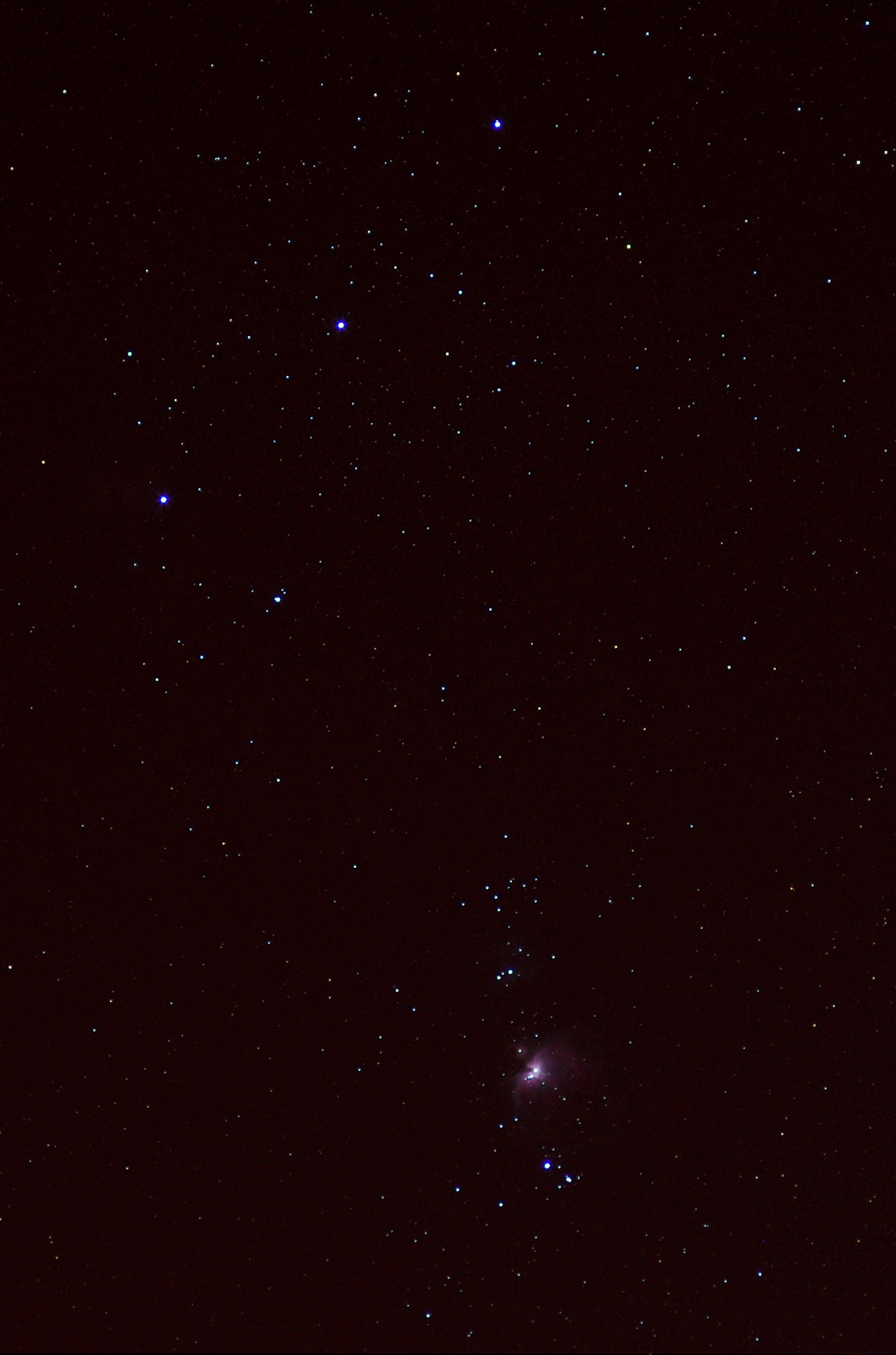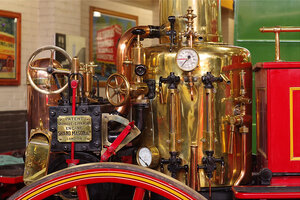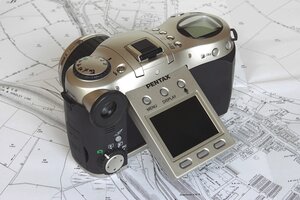Which lenses for Astrophotography?
For wide field work (aurora / milky way) I like my Sigma 15mm f2.8. Bit of a niche choice, but worked very well for aurora the other year, sharp right to edge of frame wide open.
Apart from the aurora / milky way and general starfields, most other objects are small and faint. They therefore require significant magnification. At this point you have to track somehow for the longer exposures to resolve fainter objects.
Now all sorts of complexities rear their heads, like tracking accuracy and light pollution.
The standard solution to this is a computerised mount, a wide field refractor, possibly with a field flattener, and some very dark skies to avoid light pollution. This is all getting very expensive.
You'd also need to become very familiar with deep sky stacker, 32 bit images and stretching histograms.
As an alternative to an OGPS-1, I've re-animated a barndoor mount I made back in the film era, and am playing around with that at the mo. I'll see whether I can track reliably with something like a 200mm + lens, and if I get anywhere I'll post some results. Don't hold your breath!
Good luck whatever you decide. I'm interested in whether you can get reasonable results on a home made tracker with a long lens. If it works, I may start to have expensive thoughts involving a DA300. I can't justify a conventional telescope and mount because I wouldn't use it enough, whereas a DA300 would have other uses than astrophotography.
Cheers
Paul
DA16-45, Sigma 15mm f2.8. Cosina 100mm f3.5 macro
Hi Richard - the Samyang 14mm does seem to get a lot of great reviews when it comes to astrophotography - there's also a 16mm which is faster (f2.0 as opposed to f2.8 on the 14mm), but I haven't read as much about this one yet!
Hi Paul - I'm not familiar with the Sigma 15mm f2.8 (read your review on PF!) - it is a little pricey (rare Second Hand in Pentax mount too) compared to the Samyang's, which do come up Used from time to time.
I wont be going down the tracking route (happy with the O-GPS1, and not very technical ) - I just want to be able to get half decent wide astro shots. I'm happy with longer range (K85, A100, F300), but my next challenge is to see (and photograph) the Milky Way from my local area.
I haven't yet tried my DA12-24 or DA15, I had been put off by the fact they are small apertures - but perhaps I should give them a go first.
If I do get a Milky Way shot I'll post it on the forum
...I bought a Samyang 16mm the day after this post - hence the total lack of clear skies ever since
The Samyang has (well the 14mm at least) some unusual distortion characteristics, but for astro work it hardly matters.
Check out deep sky stacker or whatever it's called. I've used it quickly once and was quite impressed with the results. Basically take 10 photos instead of one and this free software takes the best parts from each and gives you a much cleaner photo. Means you can take multiple say 25 second shots on a wide angle lens and merge them, rather than needing a tracking mount for longer exposures normally.

- I'm very impressed, especially for free
There may not be a great advantage in terms of angle from the 16mm, but the quality should be much better and the light gathering power is significantly better. With my previous attempt with wide angles I've noticed what I believe is "Coma" at the edges of the image (elongated rugby balls) on some stars - I believe the Samyangs (14 and 16) deal with this quite well - I'll let you know if they do when the clear skies return
On multiple 25 second shots the stars will have moved a great deal.
For those who want star trails then StarStax is worth looking at.
Dave
The Pentax O-GPS1 is a GPS and Astrotracking device that can be used with certain models of Pentax DSLR. If you're not familiar with it there are reviews on several sites (i.e. http://www.ephotozine.com/article/pentax-o-gps1-gps-unit-review-20956) - but basically it shifts the sensor of the camera whilst the exposure is being made to avoid star trails.
I think it's an incredible device
Firstly the fact that infinity focus is not at the infinity mark (a known "feature") makes it quite difficult to get accurate focus with my eyesight - LiveView seems to be less useful on the wider lenses .
Secondly, there is Coma present at f2.0 - a couple of shots at f4.0 did show a significant improvement, but the focus was not good enough to be conclusive (I need to do a lot more testing to find the optimum balance).
Overall I didn't have enough "clear sky" time to do controlled testing - so I'll reserve judgement until I get a proper chance. I will post some photos when I can, but with the shorter periods of darkness during these summer months opportunities are limited.
The quality overall seems good, although I suspect the 14mm is a better "all-rounder" - but I haven't actually got one to compare
I think I'll go for the 14mm if I buy anything. Off to California later in the year and we'll be staying in Death Valley amongst other places so it is tempting to have a play while there.
We go to La Palma fairly often which has good dark skies so it would not be for only one trip.
Add Comment
To leave a comment - Log in to Pentax User or create a new account.







6679 posts
16 years
Worcestershire
I've had some disappointing results from lenses that I would have expected to be superb, but the comments in the article relating to "Coma" appear to be the main reason. I'd previously read it was better to use fast aperture lenses, but I've made the mistake of stopping down a bit (it's instinctive), something that isn't really needed too much!
Comments appreciated